Let's see what trends are characterising online commerce in the “new normal”.
>Share this post<
by kooomo
October 22, 2021
During Fashion Week, designers presented the new trends for the spring/summer season of 2022, finally welcoming their audience back to the runway, for the first time since the pandemic. With this return to normality, the fashion sector can finally count on the presence of buyers from all over the world, a sign that the recovery is now at a crucial point - even in our Milan where coronavirus took such a stronghold. Beyond the heavy social and economic effects, and with the restrictions needed to contain the virus, the fashion sector has been profoundly transformed. In particular, we have witnessed a whirlwind digital acceleration that has led to what many have called the golden age of eCommerce.
So let's see what trends are characterising online commerce in the “new normal”.
So let's see what trends are characterising online commerce in the “new normal”.
- People First: This seems to be the new mantra for eCommerce, especially for fashion brands. The sector switched things up in a big way after nearly two years of a pandemic. Now you need to make up for lost engagement by involving customers - putting them at the forefront of your marketing strategies.
- Speaking of marketplaces, in the post-Covid era they seem to be the undisputed leaders of digital commerce. Thinking of opening an eCommerce store? Utilising marketplaces can help you achieve your business goals, precluding endless opportunities. There are thousands of marketplaces in the fashion sector, ready to supply new customers from all over the world whom otherwise you may never have discovered (or discovered you). But it’s not always sunny with marketplaces as they tend to have their own specific rules, which must be followed to use the tool as effectively as possible and achieve objectives. Therefore, you will need the right marketplace know-how to use this sales avenue successfully.
- Get ready for internationalisation. As pandemic restrictions ease, the borders seem to be dissolving and retailers need to be ready. There is no cross-border selling if your digital store does not have these 3 basic functions:
2. You also need to consider all taxation systems - an extremely important requirement especially for selling in the United States and in countries with very different trade rules.
3. Finally, of course, your site should be multi-currency - it's not just a matter of practicality but to instil a sense of trust in your shoppers no matter where they may be.
- Finally, multi-channelling - this has always been valued by consumers, but with the pandemic, its role is even more central. This is especially the case when it comes to the flexibility of eCommerce. During Covid-19, many stores decided to also sell online in order to circumvent the closures. Even consumers who might be in close proximity to outlets were able to shop online and maybe go to pick up the product in the store. The integration between local and multi-channel strategies will be even more important in the future. So, with the reopening of this point of sale your focus should not be on reverting to what you know before but on how you can use all of your sales channels to nourish the customer journey no matter where it begins and ends.
More to explore
Here’s an overview of the latest improvements that are now available in the Kooomo platform.
In the next few years, we are foreseeing an impressive increase for the global retail industry. While this can be beneficial for the global eCommerce industry, it also means that there will be more competition, as well.

 en
en 

